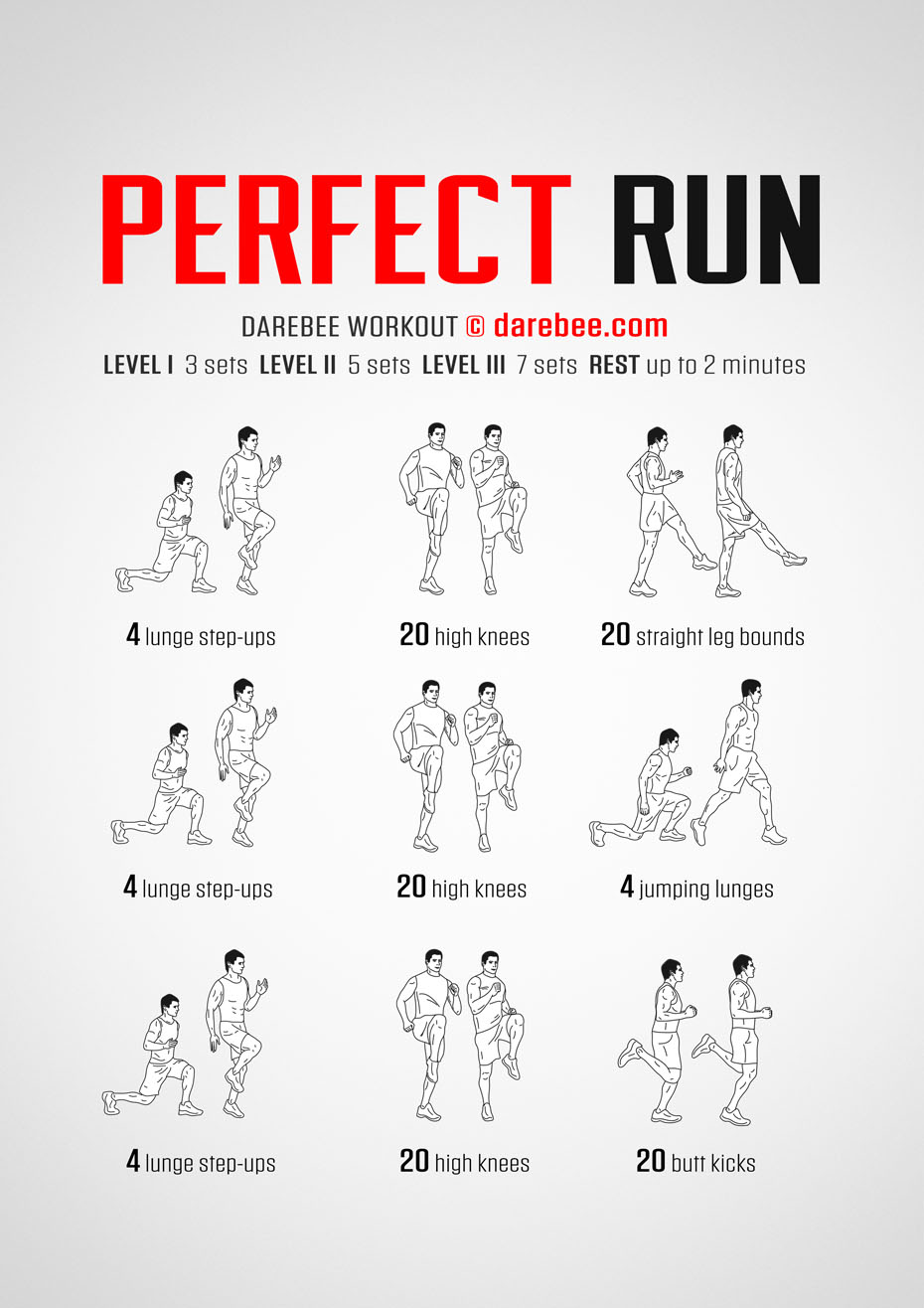Enhance Your Running Workout: Professional Strategies Revealed
Enhance Your Running Workout: Professional Strategies Revealed
Blog Article
Dealing With Typical Running Pains: Causes, Solutions, and Prevention
As runners, we typically run into different discomforts that can hinder our performance and satisfaction of this physical task. By discovering the origin reasons for these running discomforts, we can reveal targeted remedies and precautionary steps to ensure a smoother and a lot more fulfilling running experience.
Common Running Discomfort: Shin Splints
Shin splints, a common running pain, typically result from overuse or improper shoes during exercise. This condition, clinically recognized as medial tibial anxiety syndrome, materializes as pain along the internal edge of the shinbone (tibia) and prevails amongst athletes and joggers. The recurring tension on the shinbone and the cells attaching the muscular tissues to the bone results in inflammation and pain. Joggers who rapidly enhance the strength or duration of their workouts, or those who have level feet or improper running strategies, are especially prone to shin splints.
To avoid shin splints, individuals ought to progressively boost the intensity of their exercises, wear appropriate footwear with correct arch support, and preserve flexibility and toughness in the muscles surrounding the shin. If shin splints do occur, first therapy entails rest, ice, compression, and elevation (RICE) Additionally, including low-impact activities like swimming or biking can help keep cardiovascular fitness while allowing the shins to recover. Relentless or serious cases may call for clinical analysis and physical treatment for effective administration.
Common Running Discomfort: IT Band Syndrome
Along with shin splints, another common running discomfort that athletes usually run into is IT Band Disorder, a condition brought on by swelling of the iliotibial band that runs along the external upper leg and knee. IT Band Syndrome normally materializes as pain outside of the knee, particularly during tasks like running or biking. The iliotibial band is a thick band of fascia that links the aware of the shin, and when it becomes irritated or tight, it can rub versus the thigh bone, bring about discomfort and discomfort.
Runners experiencing IT Band Syndrome may discover a painful or aching experience on the external knee, which can aggravate with ongoing task. Variables such as overuse, muscular tissue inequalities, incorrect running kind, or inadequate workout can add to the development of this problem. To avoid and alleviate IT Band Disorder, runners need to focus on extending and enhancing exercises for the hips and upper legs, correct shoes, gradual training progression, and dealing with any kind of biomechanical problems that may be intensifying the problem. Ignoring the symptoms of IT Band Disorder can result in persistent problems and prolonged recuperation times, stressing the importance of early treatment and appropriate administration approaches.
Common Running Pain: Plantar Fasciitis

Plantar Fasciitis can be attributed to numerous variables such as overtraining, incorrect shoes, working on hard surface areas, or having high arcs or flat feet. To stop and ease Plantar Fasciitis, joggers can incorporate stretching exercises for the calf bones and get more plantar fascia, put on helpful footwear, preserve a healthy weight to lower pressure on the feet, and slowly enhance running strength to avoid unexpected stress on the plantar fascia. If signs linger, it is recommended to consult a medical care expert for appropriate medical diagnosis and treatment alternatives to address the problem properly.
Typical Running Discomfort: Runner's Knee
After resolving the obstacles of Plantar Fasciitis, one more common concern that joggers often encounter is Jogger's Knee, a typical running discomfort that can hinder sports performance and cause discomfort during exercise. Runner's Knee, also referred to as patellofemoral discomfort syndrome, manifests as discomfort around or behind the kneecap. This condition is often credited to overuse, muscle mass discrepancies, incorrect running methods, or problems with the alignment of the kneecap. Runners experiencing this discomfort may really feel a dull, hurting pain while running, increasing or down stairways, or after prolonged periods of sitting. To avoid Jogger's Knee, it is important to include appropriate workout and cool-down routines, keep solid and balanced leg muscular tissues, put on ideal shoes, and gradually increase running intensity. If signs and symptoms continue, inquiring from a health care specialist or a sports medicine specialist is suggested to diagnose the underlying cause and establish a customized treatment plan to reduce the discomfort and stop further problems.
Common Running Discomfort: Achilles Tendonitis
Commonly affecting joggers, Achilles Tendonitis is an uncomfortable condition that influences the Achilles ligament, creating discomfort and potential limitations in physical task. The Achilles tendon is a thick band of cells that attaches the calf bone muscular tissues to the heel bone, vital for activities like running, leaping, and walking - my site. Achilles Tendonitis often establishes due to overuse, improper shoes, inadequate extending, or unexpected increases in exercise
Signs And Symptoms of Achilles Tendonitis consist of discomfort and rigidity along the tendon, particularly in the morning or after periods of lack of exercise, swelling that intensifies with task, and perhaps bone spurs in persistent situations. To avoid Achilles Tendonitis, it is important to extend properly previously and after running, use suitable footwear with proper support, slowly raise the strength of workout, and cross-train to reduce repetitive tension on the tendon. Therapy might entail remainder, ice, compression, altitude (RICE method), physical therapy, orthotics, and in extreme cases, surgical procedure. Early intervention and proper care are vital for managing Achilles Tendonitis properly and avoiding lasting complications.
Verdict

Report this page